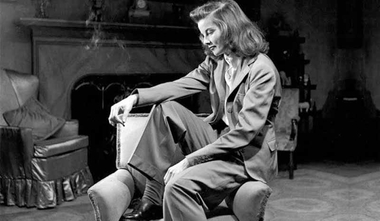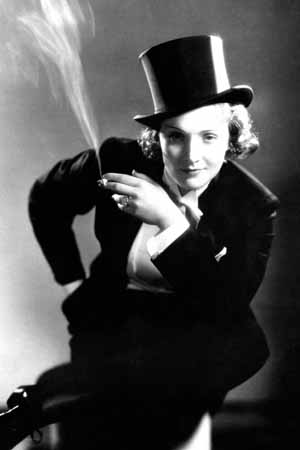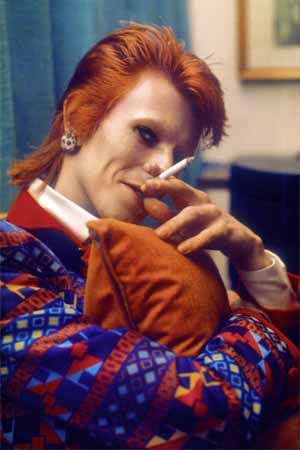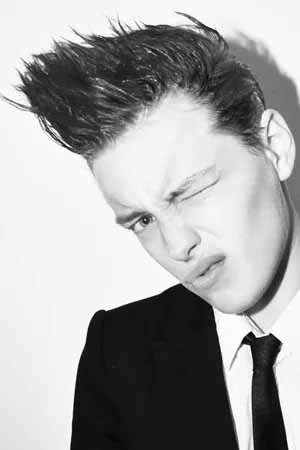Gender bending through the androgynous fashion movement

Kara Kliewer
Staff Writer
Historically, fashion has been dictated by overtly distinguishable lines of gender conformity.
In past mainstream society, it would be unusual to see cisgender women wearing masculine centered clothes and vice-versa in regard to cisgender men.
However, in more recent years, the fashion industry has been abandoning society's traditionally-gendered fashion norms for more "obscure" clothing options via the androgynous fashion movement.
"Androgyny is a term that originates from Greek word ανήρ, which means man, and γυνή, meaning woman," according to Itana Lalovic with the Wall Street International.
"It is referred to combination of male and female characteristics. Androgynous is a person who does not fit in gender categories of masculinity and femininity, culturally defined and determined rules of how male and female should behave in the certain society and culture. Many androgynies identify being mentally in between man and woman, gender-neutral, non-gendered, ant-gendered, inter-gendered, gender-queer, multi-gendered, pan-gendered or simply gender fluid."
Clearly, the term is not new meaning that the concept of androgyny isn't either.
In fact, the androgynous fashion movement has been present in waves throughout the 20th and 21st centuries with a strong comeback over the past couple of years.
In the early days of Hollywood, celebrities like Marlene Dietrich and Katharine Hepburn took fashion into their own hands and made some powerful statements.
"From Hepburn walking around in her silk underwear on set until her confiscated pants were returned to her to Dietrich kissing a woman on screen while wearing a bow tie and top hat, these women weren't about to let their gender dictate how they should behave. And they expressed that casually through a middle finger in the form of pants," according to Marlen Komar with Bustle.

Fast forward through the 1900s, and you'll find men like Liberace and David Bowie testing boundaries of masculine fashion and, more importantly, what it means to be masculine.

Today, androgynous fashion has become somewhat of a mainstream practice with models like Andreja Pejic, Erik Linder, and more taking the front on fashion runways worldwide.

Of course, these are just a few examples among many, but it is certainly important to look back and pay homage to those who have made it just a little bit easier for us to look and feel exactly how we want.
Copyright The Gayly - 8/1/2017 4:55 p.m. CST





